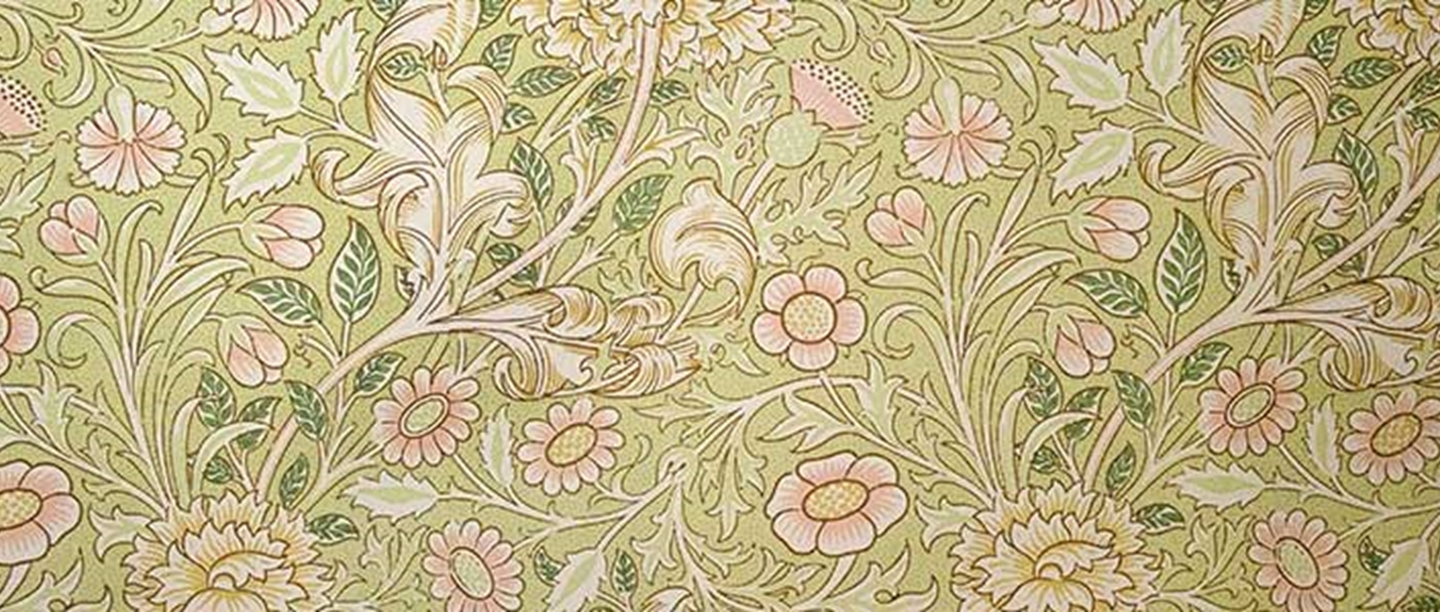
Simplicity of design, use of local materials and traditional craftsmanship were all central principles of the movement we now know as ‘Arts and Crafts’. Inspiration was taken from nature, resulting in numerous exuberant and decorative floral wallpapers and fabrics. This was reflected in gardens, where luxuriant planting cascaded over structured layouts and nature was combined with architecture. The design often became less formal further from the house, with woods, ponds and streams blending in with the countryside beyond. Many of the movement’s key features are embodied in the rich planting and layouts at Mount Grace Priory, House and Gardens, in North Yorkshire.
The origins of Arts and Crafts
The style began as a reaction to the structured and formal designs of Victorian gardens. One of the first proponents of this change was the Irish gardener and journalist William Robinson who, in the 1870s and 1880s, advocated for more natural and less formal design and planting.
However, his desire to remove all architectural structure in the garden was not supported by other designers. The British architect Reginald Blomfield, for example, promoted a formal structure for gardens, particularly advocating formal terraces. Inspiration for this structure came from the walled and terraced enclosures of surviving Elizabethan and Stuart gardens such as Penshurst Place, in Kent.
Arguably the most famous advocate of the Arts and Crafts style in gardens was Gertrude Jekyll. Jekyll proposed a combination of the two approaches: a formal structure overlaid with informal and natural-looking planting. Jekyll would go on to form a friendship with the architect, Edwin Lutyens (who famously designed London’s striking Cenotaph war memorial), which would lead to them working together on the design of many famous Arts and Crafts gardens.
Many of the features we might now associate with a traditional English cottage garden can be traced to ideas formed by the Arts and Crafts Movement. From long borders with exuberant colourful planting to pergolas covered with climbing plants, many Arts and Crafts elements are common in gardens today.
The garden at Mount Grace
Sir Isaac Lowthian Bell (1816–1904), a wealthy industrialist, bought the estate of Mount Grace in 1898. The Bell family were already well-established patrons of the Arts and Crafts Movement; in fact, the famous Arts and Crafts designer William Morris had been involved in the design of the interiors of Bell’s nearby estate, Rounton Grange.
The architect Ambrose Macdonald Poynter was engaged to remodel the house at Mount Grace in the Arts and Crafts style. Unfortunately, little is known of Bell’s plans for the gardens; we do know that the terraces were remodelled during his ownership and the formal structure of the garden at the time can still be seen today, although no known planting records survive. The garden at Rounton Grange was Arts and Crafts in style, to complement the house, so it seems likely that the garden at Mount Grace was similarly designed in sympathy with the house in the early 1900s.
A garden reawakened
Without exuberant planting to compliment the garden’s formal structure, the essence of the Arts and Crafts style has been lost. To restore some of this approach into the garden at Mount Grace, English Heritage appointed award-winning garden designer Chris Beardshaw as creative lead for reawakening the arts and crafts design.
His approach and enthusiasm for this style mirrors that of its original proponents:
For me the Arts and Crafts garden is a celebration of the intimate relationship between classically inspired formality of architectural line and the bountiful tapestry of carefully choreographed planting. The garden exposes the beauty of natural material in wall, terrace and step, and calls on these plus refined hedges to enclose and define space. Each of these spaces is then afforded a personality by the planting species choice and its arrangement. From within each garden space, views are deliberately framed and controlled to enhance the experience with sufficient visual treat to motivate a polite, ambling exploration. The overall impression is one of stepping into the heart of a lavish painting that caresses the senses.
A head gardener has been appointed to look after the refreshed garden, with help from a small team of gardeners and garden volunteers. The next few years will see the new planting mature and flourish in their care, maintaining Chris Beardshaw’s intricate design.
An Arts and Crafts spotter’s guide
Want to see Arts and Crafts garden features in place? Here’s a handy guide of elements to look out for at Mount Grace.
DISTINCTIVE LAYOUTS
- The creation of garden ‘rooms’ was a popular layout for Arts and Crafts gardens, and visitors to Mount Grace can see that the terraces create a series of ‘rooms’ to explore.
- Orchards were often included in Arts and Crafts gardens and the new layout of the fruit trees was inspired by designs from the late 19th century. Reference books of the early 1900s encouraged mixed orchards, so the updated scheme includes trees such as apples, cherries, plums and greengages.
- The terraces (as shown in the postcard image above), with their balustrade and steps, are a striking example of a formal layout advocated by the arts and crafts style.
TEXTURAL MATERIALS
- The terrace walls, balustrade, steps and stone-flagged paths illustrate the guiding principle of the arts and crafts movement: the use of natural materials and traditional craftsmanship.
- The newly added summerhouse at the end of the garden reflects the use of the garden as an extension of the house for outdoor living. Its design mirrors those found in Arts and Crafts gardens.
RAMBLING PLANTING
- Many of the plants used in the new planting reflect those favoured in Arts and Crafts gardens and designs generally, as in William Morris’ crafts. Commonly used plants were roses, peonies, lilac, irises and foxgloves, all of which you can spot in the garden at Mount Grace.
- Long herbaceous borders epitomise the Arts and Crafts garden. At Mount Grace the borders on the terraces show off this style of planting in its full glory.
- In the lower part of the garden a more naturalistic design emerges, including a pond and stream. The Acers (or maples) planted here are a good example of how specific plants were often used in specific areas of the garden, for example rock gardens, or, as at Mount Grace, near water, their vibrant autumn leaf colour adding richness to the planting.
PLEASURE IN LEISURE
- The design of Arts and Crafts gardens with separate ‘rooms’ made it easy to include distinct spaces specifically for leisure within the garden design. At Mount Grace, the Bell family added a tennis court within the priory ruins.
- As Mount Grace was used as a weekend retreat for the Bell family and to entertain their friends, the design of the garden provided spaces for outdoor entertainment. The large level areas formed by the terraces probably became the setting for garden games such as croquet, as we know happened in other Arts and Crafts gardens.
- There’s so much to look out for in the fresh designs and wonderful planting at Mount Grace. What arts and crafts style features can you spot?
Visit Mount Grace Priory, House and Gardens
Why not pay a visit to Mount Grace and see the Arts and Crafts features for yourself? The Priory is located near Northallerton, in North Yorkshire, and offers visitors a chance to explore not only the rejuvenated planting of the Arts and Crafts style garden but also a medieval priory and stylish manor house housing an original William Morris carpet.
Remember, too, that Mount Grace is also home to a rare ‘monk’s garden’ – and you can read more about how to garden like a medieval monk here!
Alternatively, if you prefer the structured, formal garden style of the Victorians that the Arts and Crafts style rebelled against, you’d enjoy a stroll around the wonderful restored gardens at Brodsworth Hall, in South Yorkshire.
Related Articles
-
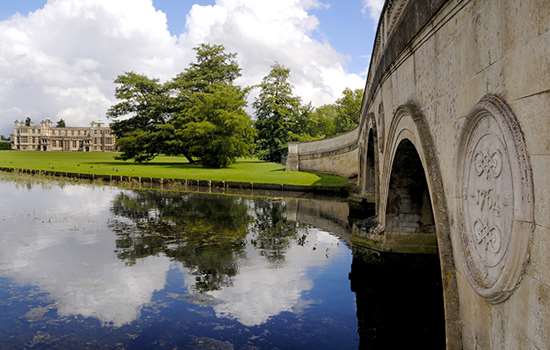
HOW TO CREATE A LANDSCAPE GARDEN LIKE CAPABILITY BROWN
-
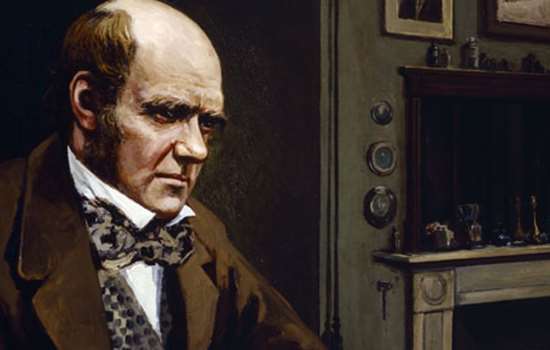
HOW CHARLES DARWIN’S GARDEN INSPIRED THE THEORY OF EVOLUTION
-
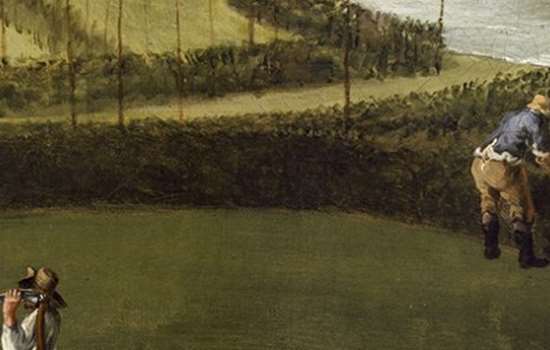
THE GARDENERS THAT TIME (ALMOST) FORGOT
-
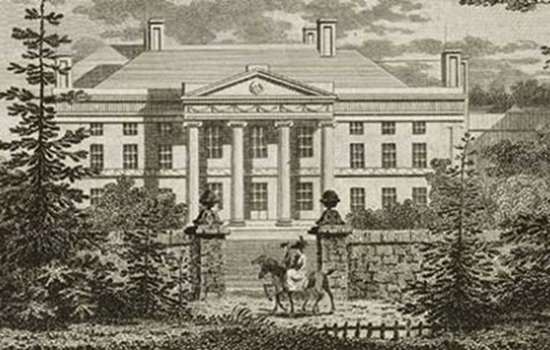
HUMPHRY REPTON AT KENWOOD: A NEW VISION FOR THE LANDSCAPE
-
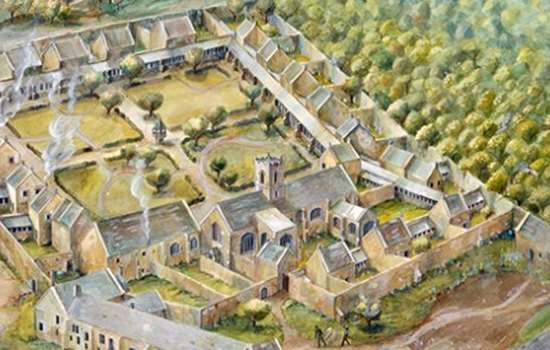
HOW TO GARDEN LIKE A MEDIEVAL MONK
-
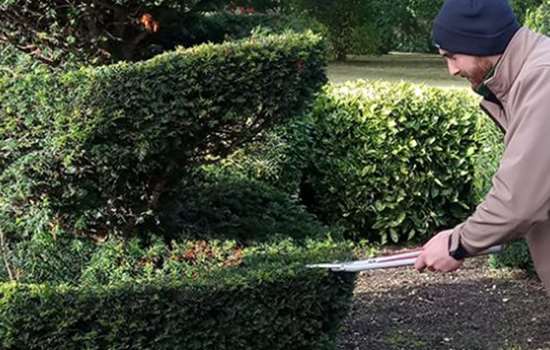
HOW TO CREATE A TOPIARY SCULPTURE INSPIRED BY HISTORIC GARDENS